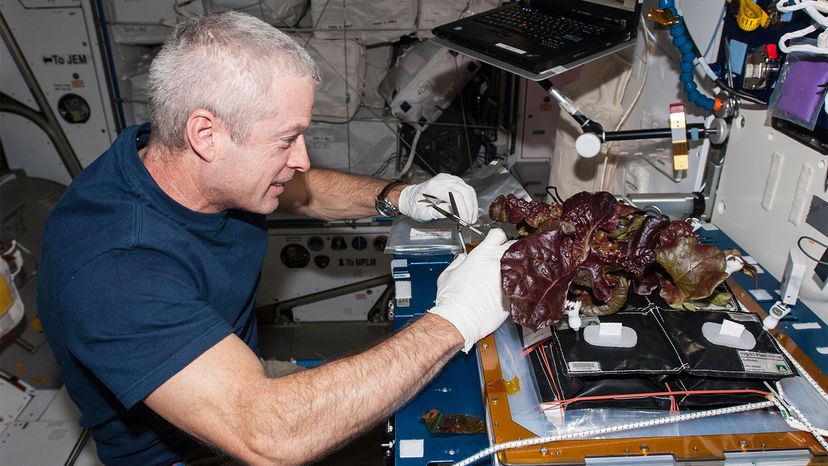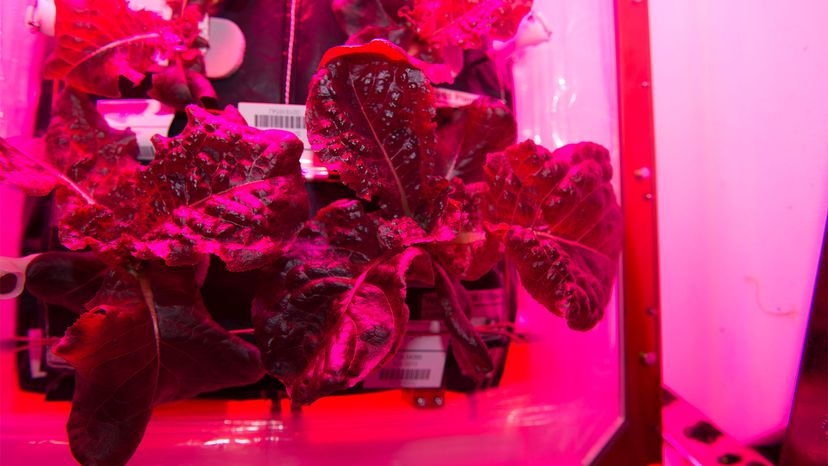
Growing lettuce in space isn't just another small step for man, it's a giant leap for vegetables everywhere. Peas, radishes and lettuce are all being grown in special growth chambers on the International Space Station, and a study published March 6, 2020, in the journal Frontiers in Plant Science proves space lettuce is not only safe to eat but just as healthy as its earthly counterpart. It's even got potential to be a game changer for longer missions, and the lessons learned will help greenhouse gardeners grow healthier veggies here on Earth.
Astronauts normally rely on a limited menu made up of mostly packaged foods, often with lower levels of vitamins and minerals. But lettuce has key nutrients — as well as phenolics, molecules that have anticancer, antiviral and anti-inflammatory properties — that give space travelers both a physical and psychological boost. American astronaut Joseph M. Acaba shared on Twitter"... Nothing beats fresh, homegrown food."
Advertisement
Space lettuce is grown under LED lights and of course less gravity. And after 33 to 56 days, it's ready to be safely enjoyed — fresh and full of nutrition.
Perhaps the biggest benefit of an outer space salad is its ability to help extend exploration missions. Mars isn't exactly just around the corner — it can take six months to travel the 140 million-mile (225 million-kilometer) distance to the red planet. And that's just one-way. Plus, growing food while in orbit naturally cuts down on the astronomical budget of space travel.

While only a lucky few will get the chance to make the trip into outer space, anyone can visit The Kennedy Space Center outside of Orlando, Florida, to get a feel for the experience. Time your visit right and you may even see a rocket launch. Of course you won't be able to try the space lettuce, but the veggies you buy at the grocery may soon benefit from the lessons learned in space. NASA's data will help farmers use optimal amounts of water and nutrients to grow healthier crops in greenhouses and small spaces.
The science of food is quickly expanding into the last frontier, and space lettuce is graciously leading the way. Its journey will help scientists grow other types of leafy vegetables as well as tomatoes and peppers, giving astronauts, as well as us here on Earth, more access to the nutrients we need.
Advertisement